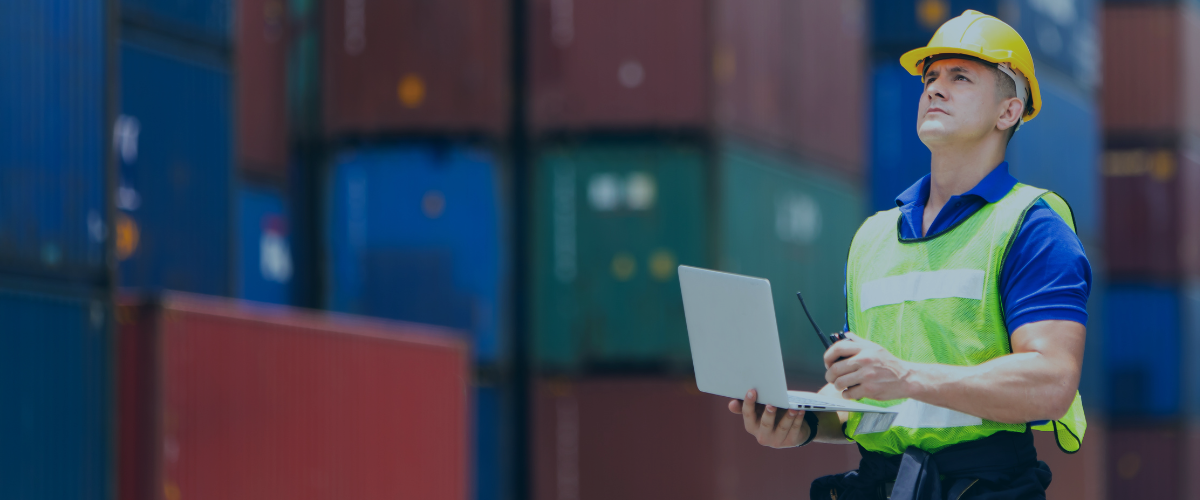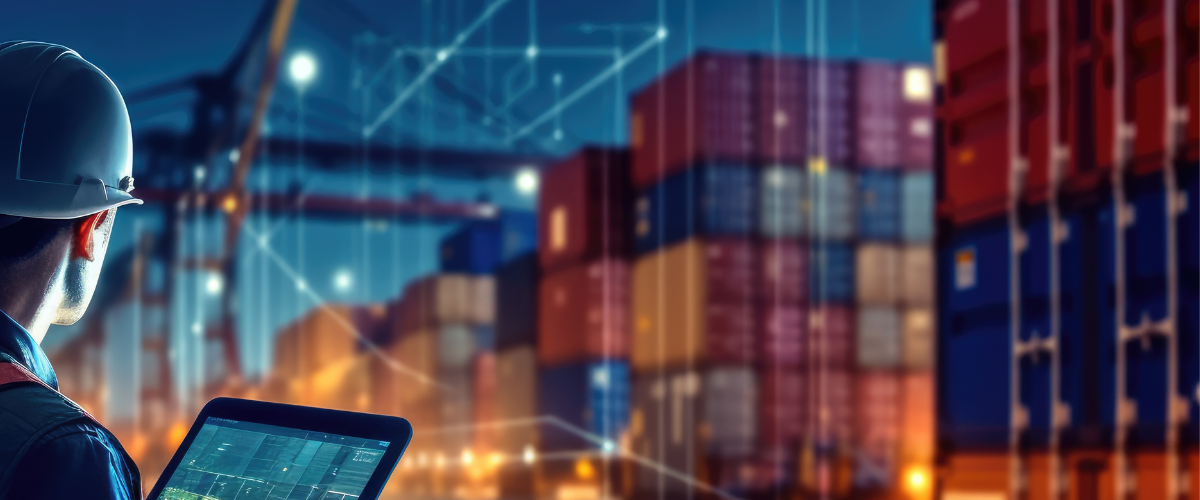International Trade and Customs Clearance Process Activities Increasing in Scope and Complexity
Naturally, customs clearance takes time and resources. However, the exponential pace of growth in the global trading strategies for goods and products, including imported goods, has complicated the process even more. Today, global trading is accompanied by a corresponding increase in customs regulations, policies, and border protection initiatives governing exports and imports and a rise in trade barriers.
The inherent complexity of international trade has thus been compounded by the sheer volume and scope of merchandise trade, intricate and interdependent supply chains, and restrictions imposed by various countries and trade blocs.
Consequently, the amount of work involved for the parties involved and Customs authorities has surged since the turn of the century.
Inefficiencies in current Trade and Customs Clearance processes
The international transport process involves vast amounts of paperwork, which is prepared and handled manually, posing significant challenges to exporters, importers, freight forwarders, customs brokers, and the customs officer in charge at the centralized examination station.
This intensely laborious process of collating information from a multitude of sources, covering diverse aspects of the transaction, compiling into stipulated formats (which often vary in other countries, for the same transaction, depending on the jurisdictions concerned), and ensuring accurate and timely submissions, is prolonged and error-prone.
These inherent difficulties in the process slow down the pace of the movement of goods and customs clearance, thus impeding trade, adding costs, and causing delays.
Challenges in Customs Processes
Common challenges in Customs clearance processes are explained below:
1. Manual documentation inefficiencies
Information is shared in different formats, such as Excel spreadsheets, Word documents, PDF files, emails, and paper documents. In contrast, the lack of a standardized format means that data is mostly unstructured. This makes the documentation process inefficient, necessitating the deployment of an excessive amount of time and manpower. The added burden of such administrative work detracts from the focus on core commercial and customer-centric activities.
2. Common bottlenecks and delays
Often, the data shared is incomplete or inaccurate, due to which additional time is spent in following up for information, vetting its accuracy, and correcting it. This can delay the entire transport process and create bottlenecks at critical stages.
The impact of such delays cascades downwards and affects customs clearance and final delivery, resulting in prolonged transit times and additional costs of storage, detention, and demurrage.
Compliance issues with customs regulations and the risk of human error
Compliance issues arising from human errors in following applicable laws and adhering to customs processes and policies are of greater concern. The manual nature of documentation increases the probability of errors, and the implications of even inadvertent errors can be severe. Customs clearance violations can expose a company to fines and other penalties. Human errors may also impact customs clearance and customs duties payments.
The Role of Automation in Customs
Automating trade management and customs clearance tasks can help remove inefficiencies plaguing the process and streamline customs clearance activities.
Advancements in Artificial Intelligence (AI) and Machine Learning (ML) have made it possible to digitize documentation and automate complex processes, making it an ideal solution for importers, freight forwarders, and customs brokers.
Technologies leveraging AI and ML can ingest and process vast amounts of unstructured data, gleaning relevant information and insights from that place and automating data preparation and dissemination in stipulated formats to all relevant parties.
Notable benefits of automation include:
1) Faster processing of data
2) Extremely high accuracy levels, as the human element is minimized
3) Saves time and money
4) Timely sharing of information and reminders where action is required
5) Generating pre-alerts for various milestones in the export process
6) Ensuring compliance with all applicable regulations, thus insulating the importer from the consequent risks
Future Trends and Predictions for International Shipments
As private corporations and government agencies witness the benefits of automation of their tasks, there has been an upsurge in the usage of AI and ML to drive the automation of supply chains.
Importers and exporters are deploying logtech solutions for supply chain automation, while the average customs broker does so to simplify customs clearance tasks. Even governments and customs authorities are encouraging automation for clearance and paying taxes by introducing systems for data submission.
It is evident that the trend of automation will catch on in the foreseeable future as the industry moves away from paper-based transactions.
Businesses can prepare for these changes by mapping and evaluating their supply chains, procuring suitable software, and identifying the scope for automation and digitization. Pioneers in this aspect can gain first-mover advantages, thus lending their businesses the much-needed competitive edge necessary to thrive in competitive markets.
KlearNow: Leading the way in Customs Broker Automation
As a market leader in the logtech solutions industry, KlearNow has provided innovative solutions for importing goods and simplifying the shipping and clearing process for customs brokerage firm(s) and freight forwarders.
As part of its endeavor to provide cutting-edge technological solutions to the logistics and transport industry, KlearNow tracks market trends and leverages AI and ML to constantly upgrade its product offerings while providing detailed information on how users can navigate the industry.
Customers using KlearNow have reported significant benefits, such as:
1) Cost-Effective Efficiency: Reduce file entries and handling expenses by over 90%
2) Precision and Accuracy: reduce manual errors with a 99% accuracy rate in transforming complex, unstructured data into clear, actionable information. It also allows shippers to monitor custom indicators more accurately.
3) Scalability and Growth: Boost team productivity 10X, unlocking new opportunities for growth and expansion without the need for additional resources. If you aspire to stay ahead of the curve in global trade and international shipments by embracing the future of customs automation, contact KlearNow today to schedule a demo and learn how we can help streamline customs processes and enhance trade efficiency.



